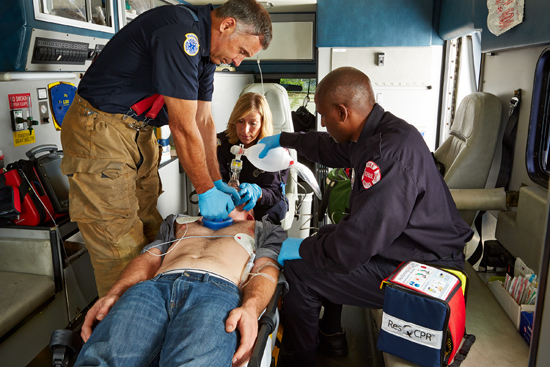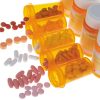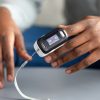- Empty cart.
- Continue Shopping
How to Administer CPR in Emergency Situations

Cardiopulmonary Resuscitation (CPR) is a life-saving technique that can be administered to someone experiencing a cardiac arrest or when their breathing and heartbeat have stopped. Knowing how to perform CPR correctly is crucial, as it can significantly increase the chances of survival.
Assess the Situation
- Ensure Safety: Before approaching the victim, make sure the scene is safe for both you and the victim. Check for any potential hazards, such as traffic or dangerous substances.
- Check Responsiveness: Gently tap the victim and shout, “Are you okay?” If there is no response, the person may be unresponsive or unconscious.
Activate Emergency Services
- Call for Help: If you are not alone, instruct someone to call 911 or the local emergency number immediately. If you are alone, call for help before beginning CPR.
- Retrieve an Automated External Defibrillator (AED): If an AED is available nearby, ask someone to bring it to the scene. AEDs can analyze the victim’s heart rhythm and deliver an electric shock if necessary.
Begin CPR
- Position the Victim: Lay the victim on their back on a firm surface, preferably on the ground. Ensure their airway is clear and that there are no obstructions.
- Check for Breathing: Kneel beside the victim’s chest and check for signs of normal breathing for about 5-10 seconds. Look for chest rise and listen for breath sounds. If the person is not breathing or only gasping, proceed with CPR.
- Perform Chest Compressions:
- Place the heel of one hand in the center of the victim’s chest, just below the nipple line.
- Place your other hand on top of the first hand and interlock your fingers.
- Position yourself with your shoulders directly over your hands and keep your arms straight.
- Begin chest compressions by pushing hard and fast at a rate of about 100-120 compressions per minute.
- Allow the chest to fully recoil between compressions.
- Give Rescue Breaths: After 30 chest compressions, provide two rescue breaths:
- Tilt the victim’s head back slightly to open the airway.
- Pinch the victim’s nose closed.
- Place your mouth over the victim’s mouth to create an airtight seal.
- Deliver a breath that lasts about 1 second and makes the chest rise visibly.
- Repeat this process for a total of two rescue breaths.
- Continue CPR: Alternate between 30 chest compressions and 2 rescue breaths. Continue CPR until one of the following occurs:
- The victim starts breathing normally.
- Emergency medical personnel take over.
- An AED is available and ready to use.
- You are too exhausted to continue.
- Use an AED (if available): If an AED arrives, turn it on and follow the prompts. The AED will guide you on when to continue CPR or deliver a shock if needed.
- Continue CPR Until Help Arrives: Even if the victim shows signs of life, such as breathing or a pulse, continue CPR until emergency medical professionals arrive to assess the situation.
CPR for Infants and Children
The technique for CPR varies slightly for infants (up to one year old) and children (one year to the onset of puberty). It is essential to receive specific training on infant and child CPR to ensure proper technique and effectiveness.
Finally, Remember that CPR is a critical life-saving skill, but it is most effective when administered correctly. If possible, consider taking a CPR and basic life support (BLS) course to receive hands-on training and certification, which will equip you with the skills and confidence to respond effectively in emergency situations.








